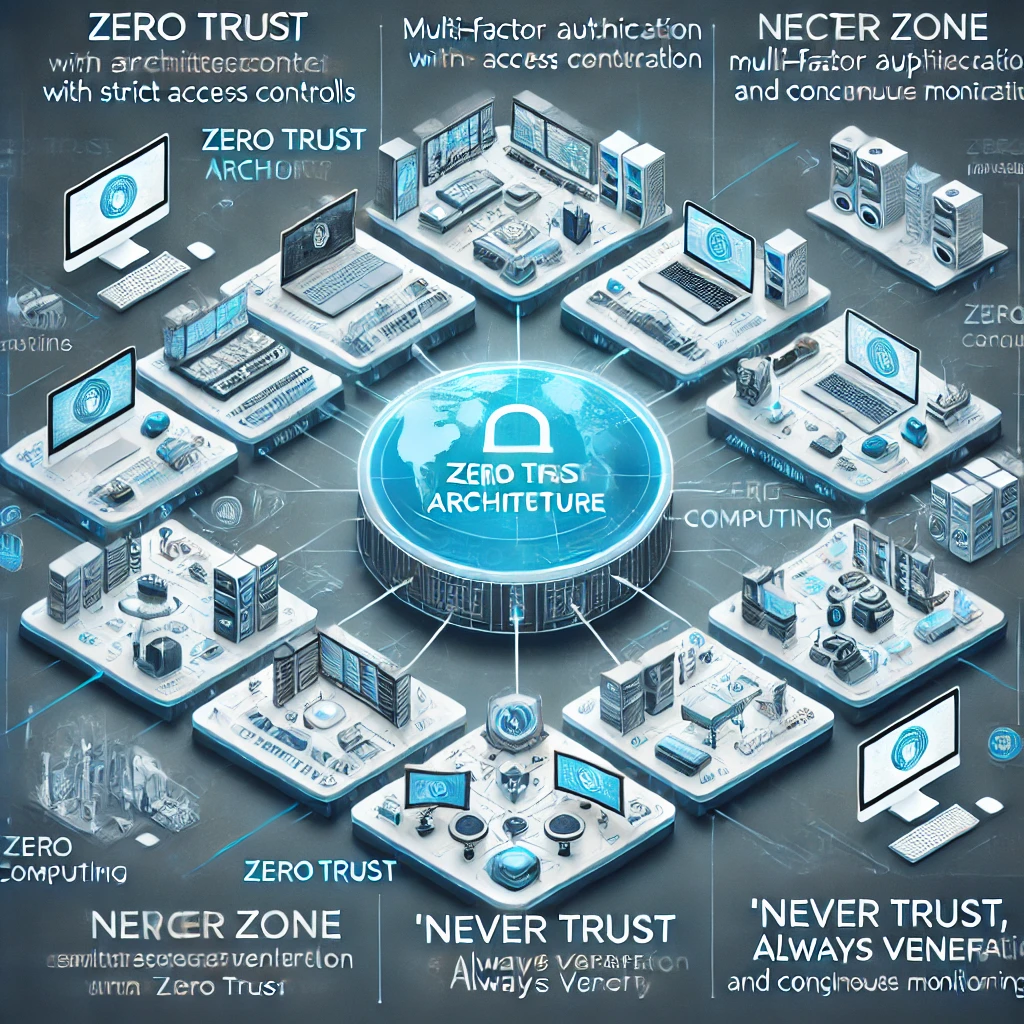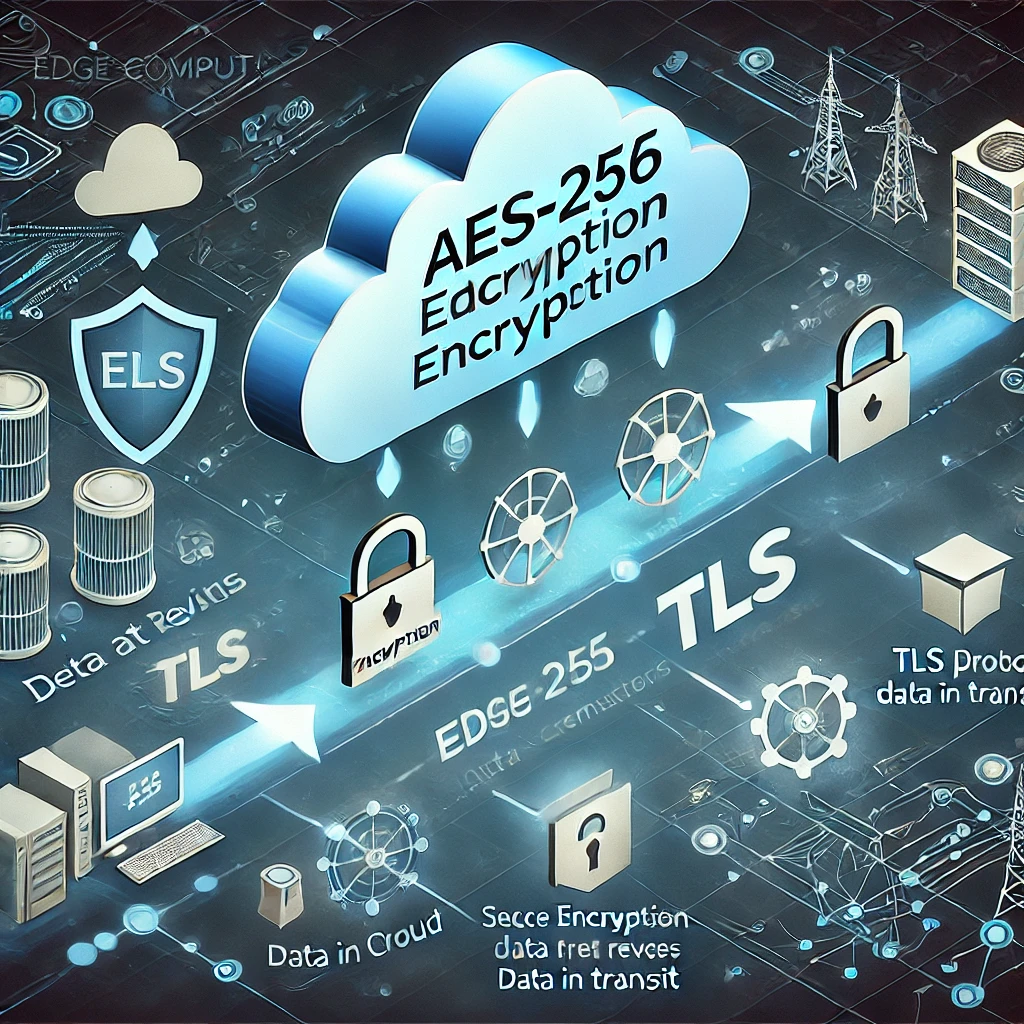Introduction
Edge computing is transforming the digital landscape, enabling faster processing and real-time data analysis by bringing computation closer to the data source. However, with this transformation comes an increased risk of security threats. Securing edge networks is now more critical than ever, especially as cyberattacks grow in sophistication and frequency. This article will explore the best practices for securing edge computing networks in 2024, providing actionable insights for professionals in cybersecurity and network security.

Understanding Edge Computing and Its Security Challenges
The Rise of Edge Computing
Edge computing decentralizes data processing by moving it closer to where data is generated. This reduces latency and bandwidth use, making it ideal for applications that require real-time processing, such as IoT devices, autonomous vehicles, and smart cities. However, this shift introduces new security challenges, as each edge device can become a potential attack vector.
Security Challenges in Edge Networks
Edge computing environments are more complex than traditional centralized systems. The distributed nature of these networks means that data is processed across multiple devices and locations, increasing the risk of data breaches and unauthorized access. Additionally, many edge devices have limited computing power, making it difficult to implement robust security measures without affecting performance.
Best Practices for Securing Edge Networks
1. Implement Zero Trust Architecture
What is Zero Trust?
Zero Trust is a security model that operates on the principle of “never trust, always verify.” In an edge computing environment, this means that no device, user, or application is trusted by default, regardless of whether they are inside or outside the network perimeter.
How to Apply Zero Trust in Edge Networks
To implement Zero Trust, start by segmenting your network into smaller, manageable zones. Each zone should have strict access controls, ensuring that only authorized users and devices can communicate with each other. Additionally, use multi-factor authentication (MFA) to verify user identities and continuously monitor network activity for signs of malicious behavior.
Transition Words Example: Additionally, use multi-factor authentication (MFA) to verify user identities and, crucially, continuously monitor network activity for signs of malicious behavior.
2. Secure Data at Rest and in Transit
Why Data Encryption Matters
In edge computing, data is constantly moving between devices, applications, and the cloud. This creates multiple opportunities for data to be intercepted or tampered with. Encrypting data both at rest and in transit is essential to protect sensitive information from unauthorized access.
Best Encryption Practices
Use strong encryption protocols, such as AES-256, for data at rest. For data in transit, ensure that all communications between edge devices and the cloud are encrypted using protocols like TLS (Transport Layer Security). Regularly update and patch encryption algorithms to protect against emerging threats.
Transition Words Example: Furthermore, regularly update and patch encryption algorithms to protect against emerging threats.

3. Harden Edge Devices
The Importance of Device Security
Edge devices, such as IoT sensors and gateways, are often the weakest link in an edge network. Many of these devices are deployed in remote or unsecure locations, making them vulnerable to physical tampering and cyberattacks.
How to Harden Edge Devices
To secure these devices, ensure that they are running the latest firmware and software updates. Disable unnecessary services and ports to reduce the attack surface, and implement secure boot processes to prevent unauthorized firmware from being loaded. Additionally, use hardware-based security features, such as Trusted Platform Modules (TPM), to enhance device integrity.
Transition Words Example: Additionally, use hardware-based security features, such as Trusted Platform Modules (TPM), to enhance device integrity.

4. Monitor and Respond to Threats in Real-Time
Why Real-Time Monitoring is Essential
Given the distributed nature of edge computing, threats can emerge from any point in the network. Real-time monitoring allows security teams to detect and respond to these threats before they can cause significant damage.
Implementing Effective Monitoring Solutions
Deploy intrusion detection and prevention systems (IDPS) at key points in the network to monitor traffic for suspicious activity. Use AI-powered analytics to identify patterns and anomalies that may indicate a security breach. Moreover, establish a robust incident response plan that outlines the steps to take when a threat is detected.
Transition Words Example: Moreover, establish a robust incident response plan that outlines the steps to take when a threat is detected.

5. Ensure Secure Device Onboarding and Decommissioning
The Risks of Improper Onboarding
When new devices are added to an edge network, they can introduce vulnerabilities if not properly configured. Similarly, when devices are decommissioned, they can leave behind sensitive data if not securely wiped.
Best Practices for Device Lifecycle Management
Implement strict onboarding procedures that include verifying the device’s identity, updating its firmware, and applying security policies before it is connected to the network. For decommissioning, ensure that all data is securely erased, and the device is removed from the network’s inventory.
Transition Words Example: Similarly, when devices are decommissioned, they can leave behind sensitive data if not securely wiped.
Real-World Examples and Case Studies
Securing Edge Computing in Smart Cities
Smart cities rely heavily on edge computing to manage everything from traffic lights to public safety systems. However, these networks are prime targets for cyberattacks. For example, in 2022, a major U.S. city experienced a ransomware attack that compromised its edge devices, causing significant disruptions. By applying the best practices outlined above, the city could have reduced its vulnerability and mitigated the impact of the attack.
Edge Security in Industrial IoT
In industrial settings, edge computing is used to monitor and control machinery in real-time. A manufacturing company implemented a Zero Trust architecture and real-time monitoring in its edge network, significantly reducing the number of security incidents. By segmenting its network and using AI to detect anomalies, the company was able to prevent unauthorized access and maintain operational continuity.
Conclusion
Securing edge computing networks is a complex but essential task for modern organizations. By implementing Zero Trust architecture, encrypting data, hardening devices, and monitoring threats in real-time, you can protect your edge networks from a wide range of cyber threats. As edge computing continues to grow in importance, staying ahead of potential risks with these best practices will be crucial for maintaining a robust security posture.



